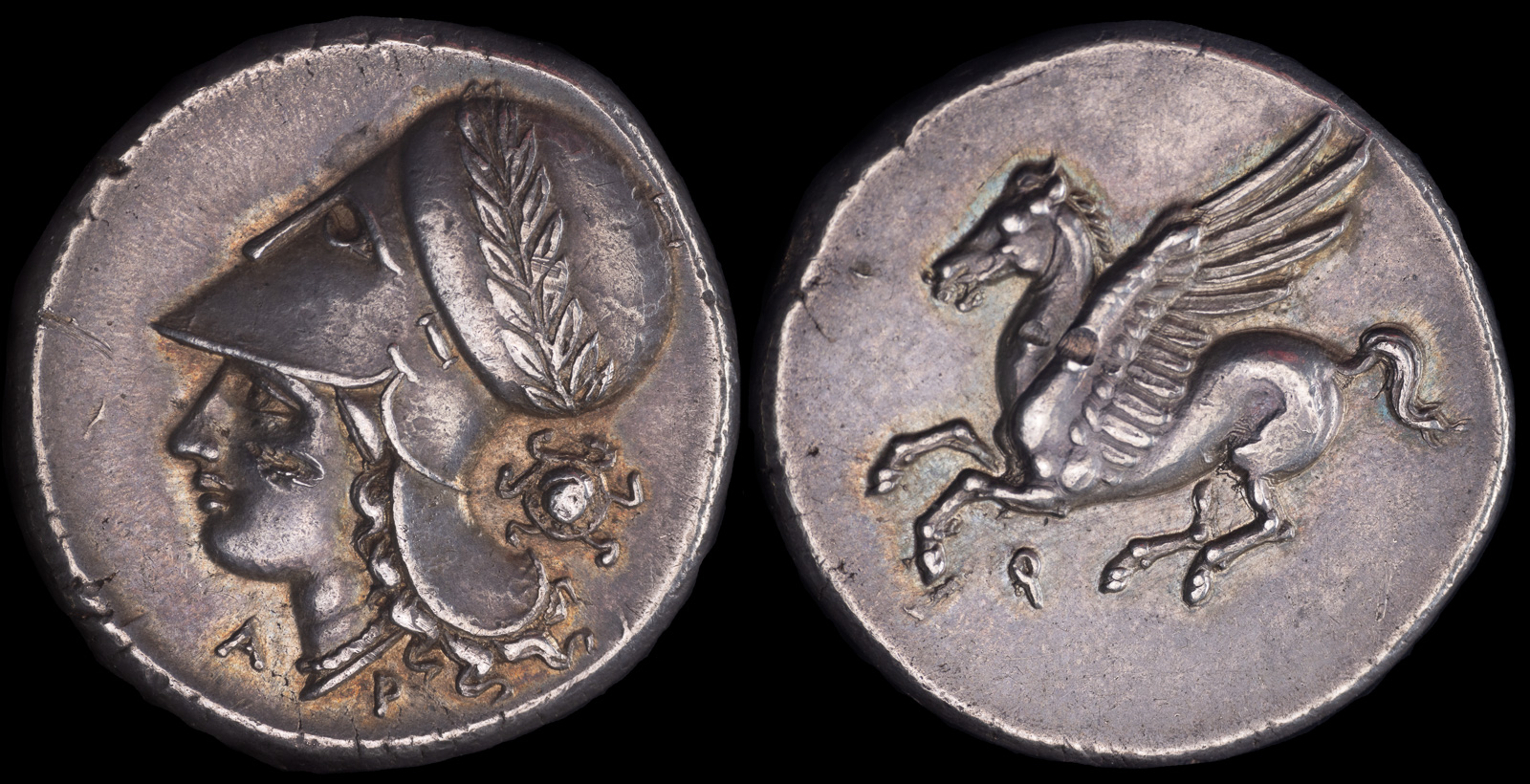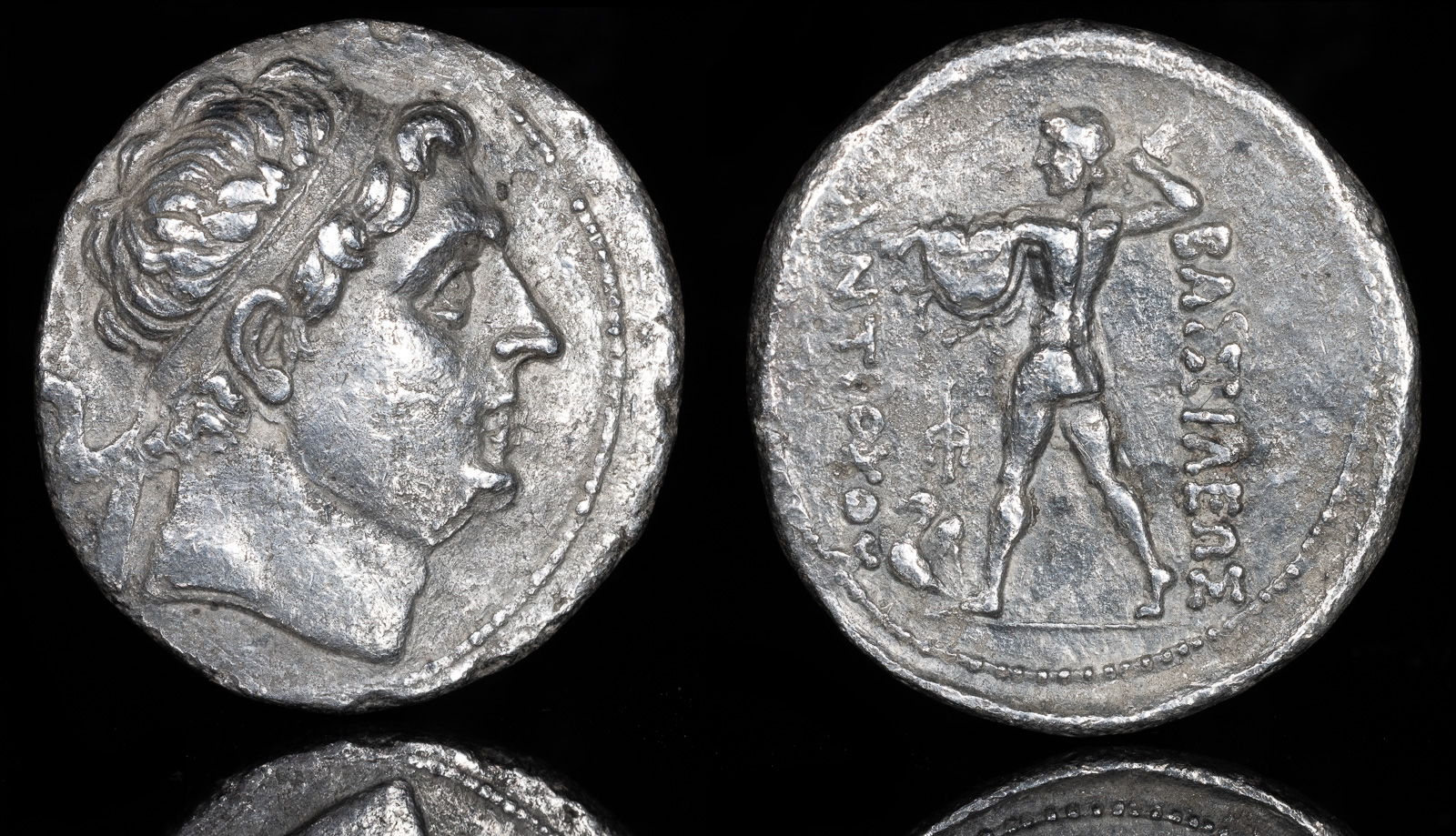Aegis
View All Tags
In mythological accounts, the aegis is not merely a physical object but also a representation of divine favor and invincibility. When carried by Zeus, the aegis symbolized his supreme authority as the king of the gods. It was described as a shield or cloak adorned with the head of the Gorgon Medusa, whose petrifying gaze struck fear into enemies. This terrifying feature emphasized the aegis’s role as a defensive and offensive weapon, embodying the destructive power of divine wrath.
Athena, the goddess of wisdom and war, is also frequently depicted with the aegis. For her, it represents both protection and strategic prowess. Often shown wearing it as a breastplate or carrying it into battle, Athena uses the aegis to inspire courage among allies and instill fear in opponents. The Medusa’s head on the aegis serves as a reminder of Athena’s cunning and her role as a protector of order and civilization. In this context, the aegis becomes a symbol of calculated strength and the wisdom required to wield power responsibly.
Beyond its use by the gods, the aegis has broader symbolic meanings. It represents the concept of divine shelter and unassailable strength, an ideal often invoked in literature and art. The term “aegis” has even entered modern language to signify protection or sponsorship, reflecting its enduring association with safety and authority.

Corinth, Peloponnesos
ca 350-306 BCE
AR Stater 22mm 8.59g
Pegasos flying left /
Helmeted head of Athena left, helmet decorated with laurel wreath; A P flanking neck truncation, aegis behind
Ravel Period V, 1009; Pegasi 427; BCD Corinth –; HGC 4, 1848; Cf. CNG 112 lot 207 (same obv + rev dies)

Greco-Baktrian Kingdom, Diodotos I Soter
AR Tetradrachm circa 255-235 BCE
15.32g, 29mm, 6h
In the name of Antiochos II of the Seleukid Empire. Mint A (near Aï Khanoum), Diademed head to right / Zeus Bremetes advancing to left, brandishing aegis and thunderbolt; ΒΑΣΙΛΕΩΣ to right, ΑΝΤΙΟΧΟΥ to left, monogram above eagle at inner left.
Kritt A6; Holt Series A, Group 6; Bopearachchi 2E; Mitchiner 64d; SNG ANS 77-8; SC 631.1a.
Ex Neil Collection